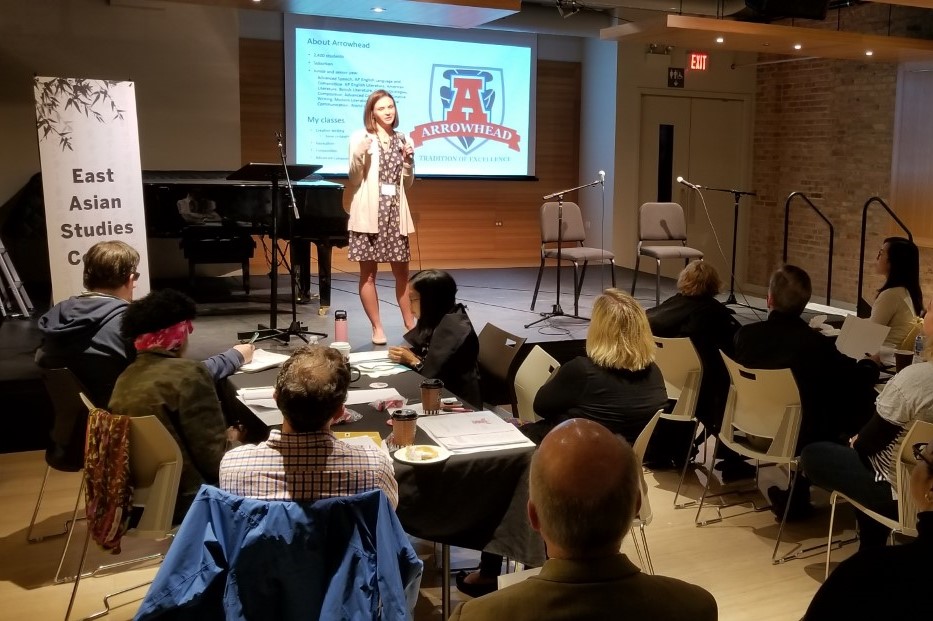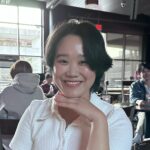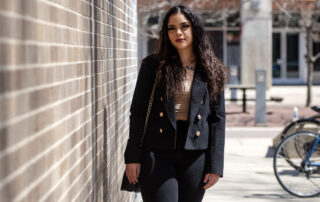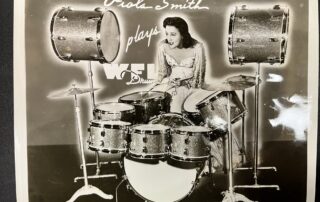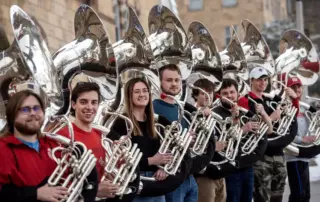Sijo is a traditional poetry form from Korea. Each line tells a different part of a story. Once there is a theme, line one represents the introduction of the poem. Line two is where the development, the rising action occurs. Finally, line three consists of some kind of twist to the story — a surprise, a play on words, a joke, or a shift in mood or perspective — and a conclusion.
Sijo is similar to a haiku in that it there are rules surrounding the number of lines and syllables. Sijo is written in three lines. Each line consists of 14-16 syllables with a total of 44-46 syllables. The syllables in each line should be grouped in rhythmical matter with an ultimate goal of line one being 3 4 4 4; line two 3 4 4 4; and line three 3 5 4 3.
Rhythm in sijo is important as sijo can also be sung (this is called sijo chang).
“THE TWO MASTERS” by David Fields
Brett Favre, the gun slinger, restored Title Town to past glory.
Raw emotion, force, and instinct bringing defeat and victory.
His record who can equal? Aaron Rodgers, the cerebral.
Sijo was formed in the 14th century during the Goryeo period. It has been growing its popularity ever since, including in Wisconsin. Not only is it being taught in schools, but the state also hosts the Wisconsin Sijo Competition.
Three educators and sijo aficionados have played a role in its increasing popularity in Wisconsin by helping people learn to write and appreciate the art form. They include Dr. Lucy Park, cofounder and executive director of the Sejong Cultural Society. Elizabeth Jorgensen is an English teacher who has been teaching her students to write sijo at Arrowhead Union High School for more than a decade. Finally, David Fields is the associate director of the Center for East Asian Studies at the University of Wisconsin – Madison. They shared their stories on sijo and the foundation of Wisconsin Sijo Competition with “Wisconsin Life” contributor Saemee Kim.
(The following interview has been edited for brevity and clarity.)
Saemee Kim: How did you all meet?
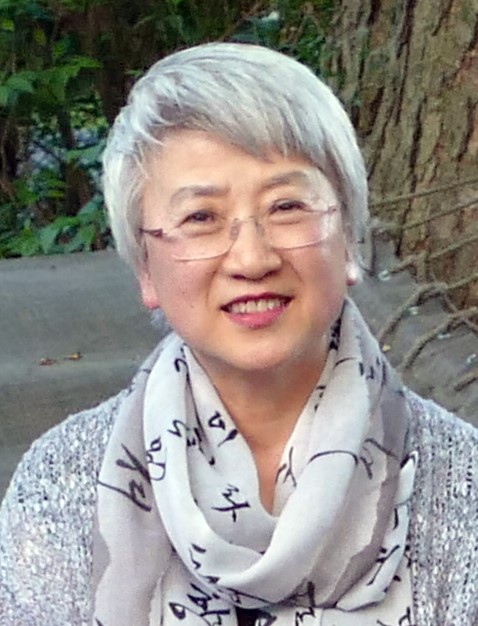
Dr. Lucy Park, cofounder and executive director of the Sejong Cultural Society (Courtesy of Lucy Park)
Lucy Park: In 2008, Professor David McCann from Harvard University contacted the Sejong Cultural Society and suggested starting a sijo competition for pre-college students. This was the first time we learned that sijo poetry could be written in English. It was a truly enlightening experience for us. As we launched the sijo competition, we started a sijo education program for English teachers in the U.S. The goal was to equip these educators with the necessary tools and resources to teach their students how to write sijo poetry.
Elizabeth Jorgensen: Everything my students do in my classroom we send to writer’s markets. I’m always looking for places to send student work. And that’s where I came upon the Sejong Cultural Society. They host a sijo competition. We did that for a couple of years, and my students were doing really well. They were placing in the Sejong Cultural Society’s competition. The executive director, Dr. Lucy Park, reached out to me, and she said, “Whatever you’re doing in your classroom is working. We would like to come to your school and record you and then publish these lessons on our website so that other educators can learn from you.”
Then in the summer of 2020, I was sitting at a conference at the University of Wisconsin- Madison, and the person in charge, David Fields, was saying, “How can we get people to know and appreciate East Asian culture?”
David Fields: At the conference for Wisconsin teachers on the Korean War was (when I met) Elizabeth Jorgensen. When the conference was over, Elizabeth and I were talking and she said, “Would you ever be interested in doing a sijo competition for the state of Wisconsin?”
I said, “I don’t even know what a sijo competition is but yes, I am interested because that falls directly in the purview of what the Center of East Asian Studies would do!”
So she told me about the Sejong Cultural Society of Chicago, then I met Lucy Park and we went from there.
Kim: How is sijo special to you?
Fields: I’ve never written a sijo that is not explicitly about something very Wisconsin. I’ve written about the Packers, the Bucks, deer hunting, Bob LaFollette, and Joseph McCarthy. I love using these Wisconsin themes to write sijo. I don’t know exactly what compels me to do it, but I love the idea that I’m taking an art form that’s centuries old in Korea and finding a new context to put it into.
I also love the intellectual exercise. Sijo is very short, so you just have very few words to work with; you have to make sure that every word counts.
Jorgensen: I love that sijo is this beautiful art form. I love that when I read a sijo poem, I get it. I love that there’s this emotion that’s evoked. I love the surprise that comes in the third line with the twist. I love that they can be titled or they don’t need to be titled.
I just love that it’s something that my students haven’t heard before and I get to present them with this new way to express themselves.
Park: Writing sijo increased my self-reflection, mindfulness and creative expression. Also, it had a positive impact on my observation skills and emotional awareness. I wrote a sijo poem about the moon. And then I thought about my mother and father. I remember I watched the Moon when my mother passed away and when my dad passed away.
Kim: What are your favorite sijo poems?
Park’s choice:
“Moon (달)” by Lucy Park
I saw the pale crescent moon when I learned of mom’s passing.
Halfmoon, smudged by the night cloud, gazed at me when dad departed.
Dear moon, with your caressing smile, who are you comforting tonight?
==
어머니 떠나신날 쳐다본 창백한 초승달
아버지 가신날에 본 얼룩진 반달
오늘밤온화한미소로저달은누굴위로하나?
Jorgensen’s choice:
“Untitled” by Ella Forsterling
clouds stands still, they look painted
on the canvas of the blue sky.
soft grass tickles my arms and legs.
birds chirp loud. not loud enough,
to drown out the screams and yelling
of my parents inside the house.
Jorgensen: One of the things to note about this poem is it looks like it’s a six-line poem. It’s still a three-line poem. It’s just esthetically she’s chosen to make it look like six lines by dividing up the lines in half.
Field’s choice:
Untitled by Evan Polman
In the morning, words come to life: roast to start, trace of donut.
Yellow tones are nice, ever more verdant, wick away the grey.
Why do I, still Wordle ev’ryday? Today I bid it ADIEU.
Kim: What is the Wisconsin Sijo Competition?
Jorgensen: The Wisconsin Sijo Competition (WiSiJo) is a collaboration between the Sejong Cultural Society and the University of Wisconsin- Madison. This is the third year that WiSiJo has run.
Fields: We run this competition every year. The competition usually opens every August and closes in January. It’s open to any resident of the state of Wisconsin. All you do is submit your name and your sijo. It’s judged by experts on the sijo from Brigham Young University, Yale and Harvard. There are cash prizes for the winner and runners-up. There are also incentives. If you are writing a sijo because your teacher was teaching it, then we have gifts for teachers and for students.
Park: There are three divisions in WiSiJo: the adult division for ages 19 years and older, the senior division for ages 14 to 18, and the junior division for ages 13 and younger. Those who are temporarily residing out of state, for example, due to military service or because they attend college out of state are still allowed to participate. Once winners are announced, the winners’ works get published on the Sejong Cultural Society’s website.
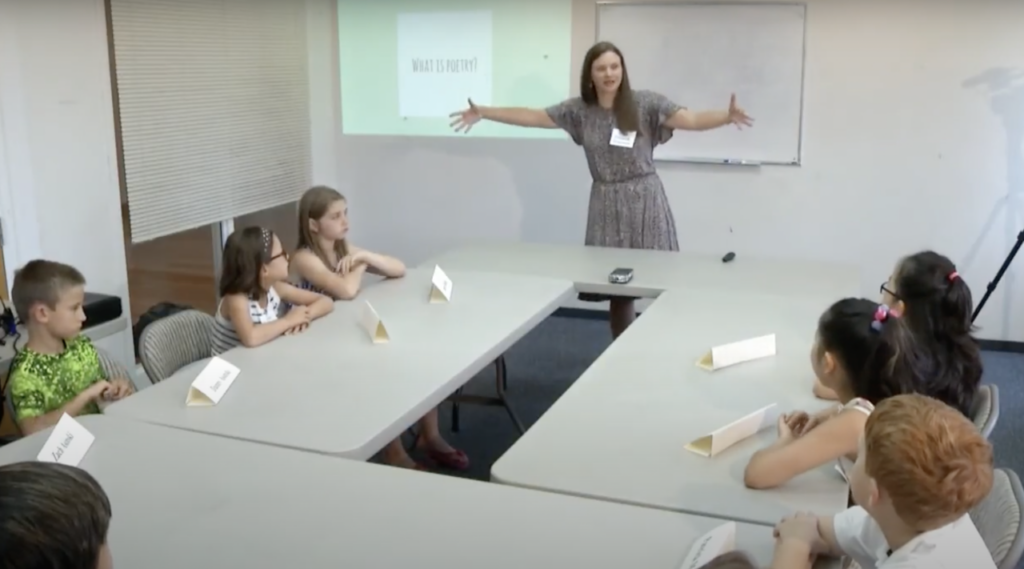
Elizabeth Jorgensen introduces sijo to elementary school students. (Courtesy of The Sejong Cultural Society)
Kim: Why would you encourage others to learn more about sijo?
Fields: WiSiJo has allowed our center a way to put the Wisconsin Idea into practice. Through the competition, we hope to take the knowledge we have at the university and invite people to be creative with it, learn something new in the process and hopefully come to appreciate a very traditional Korean art form.
Jorgensen: Every kid gets to write about something that matters to them and right there, that gives them an interest in it.
I tell my students, “When you start something, you have no idea where it’s going to lead you. But if you put in effort and put in time, those rewards are going to be bigger than anything you could ever have imagined for yourself.”
Park: In today’s interconnected world, one of the most crucial steps towards promoting harmonious relationships between groups is to learn about each other’s cultures. So by taking the time to understand and appreciate the values, customs and traditions of other groups, we can build stronger, more inclusive communities and bridge the gaps that divide us. So for children, we want to educate them to become global citizens through writing sijo.
==
To learn more about sijo, check out the book “Sijo: Korea’s Poetry Form.” It was written by Park and Jorgensen and published in February 2022.
Author’s note: WPR’s Joe Hardtke and Maureen McCollum helped produce and edit this story.
MUSIC:
“Soothe” by Blue Dot Sessions
“Still American” by Elephant Rebellion
“A Simple Blur” by Blue Dot Sessions
“Woods” by Hawkins
